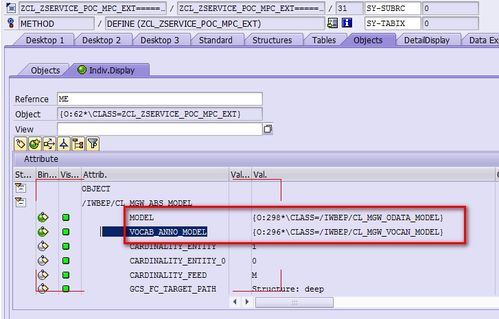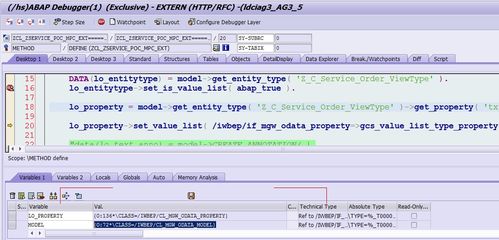Understanding the App Creation Process
 Creating an app and making money from it is a multi-faceted endeavor that requires careful planning, execution, and a bit of luck. Whether you’re a seasoned developer or a beginner with a great idea, this guide will walk you through the steps to create an app and monetize it effectively.
Creating an app and making money from it is a multi-faceted endeavor that requires careful planning, execution, and a bit of luck. Whether you’re a seasoned developer or a beginner with a great idea, this guide will walk you through the steps to create an app and monetize it effectively.
Before diving into the specifics, it’s important to understand the basics of app development and the various monetization strategies available. Let’s start with the basics.
Choosing the Right Platform
 The first step in creating an app is to decide which platform you want to target. The most popular platforms are iOS and Android, each with their own set of requirements and audience. Consider the following when choosing a platform:
The first step in creating an app is to decide which platform you want to target. The most popular platforms are iOS and Android, each with their own set of requirements and audience. Consider the following when choosing a platform:
| Platform | Market Share | Development Tools | Target Audience |
|---|---|---|---|
| iOS | 15-20% | Xcode, Swift | Higher-income demographics |
| Android | 70-75% | Android Studio, Kotlin/Java | Broader demographic |
Once you’ve decided on a platform, you’ll need to familiarize yourself with the development tools and programming languages required. For iOS, Xcode and Swift are the go-to tools, while Android developers typically use Android Studio with Kotlin or Java.
Developing Your App
 Now that you have a platform and the necessary tools, it’s time to start developing your app. Here are some key considerations:
Now that you have a platform and the necessary tools, it’s time to start developing your app. Here are some key considerations:
1. Identify Your Target Audience: Understand who will use your app and what they need. This will help you create a user-friendly interface and provide value to your users.
2. Design Your App: Create wireframes and mockups to visualize your app’s layout and functionality. Tools like Sketch, Adobe XD, and Figma can help you design your app’s user interface.
3. Develop the App: Use the appropriate development tools and programming languages to build your app. Test your app regularly to ensure it works smoothly and is free of bugs.
4. Optimize for Performance: Ensure your app is fast, responsive, and uses minimal resources. This will improve user satisfaction and reduce the likelihood of negative reviews.
Monetizing Your App
There are several ways to monetize your app, and the best approach depends on your app’s niche and target audience. Here are some popular monetization strategies:
1. In-App Purchases: Offer additional features, content, or services within your app for a fee. This can be a one-time purchase or a subscription model.
2. Advertising: Display ads within your app to generate revenue. You can use ad networks like Google AdMob, Facebook Audience Network, or Apple’s iAd.
3. Freemium Model: Offer a free version of your app with limited functionality, then charge for additional features or content. This model can attract a large user base while still generating revenue.
4. Sponsored Content: Partner with brands to create sponsored content within your app. This can be in the form of native ads, branded content, or partnerships.
Marketing Your App
Creating a successful app is just the beginning. You’ll need to market your app to attract users and generate revenue. Here are some effective marketing strategies:
1. App Store Optimization (ASO): Optimize your app’s listing with relevant keywords, compelling visuals, and persuasive descriptions to improve visibility in app stores.
2. Social Media: Use social media platforms to promote your app, engage with users, and build a community around your brand.
3. Content Marketing: Create valuable content, such as blog posts, videos, and infographics, to educate your audience and drive traffic to your app.
4. Influencer Partnerships: Collaborate with influencers in your app’s niche to reach a wider audience and gain credibility.
Measuring Success and Iterating
Once your app is live, it’s crucial to monitor its performance and gather user feedback. Here’s how to measure success and iterate on your app:
1. Track App Analytics: Use tools like Google Analytics, Firebase, or Flurry to track user behavior, retention rates, and revenue.
2. Gather User Feedback: Collect feedback through app reviews, surveys, and direct communication with



